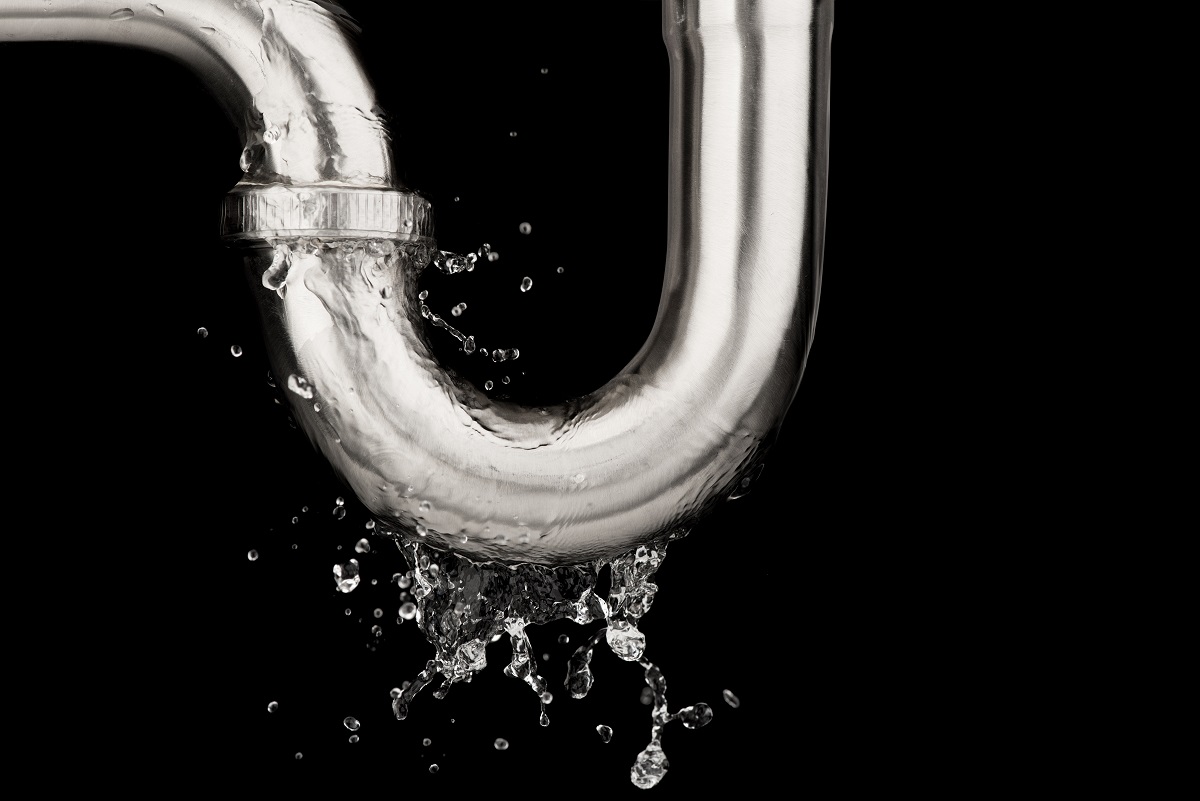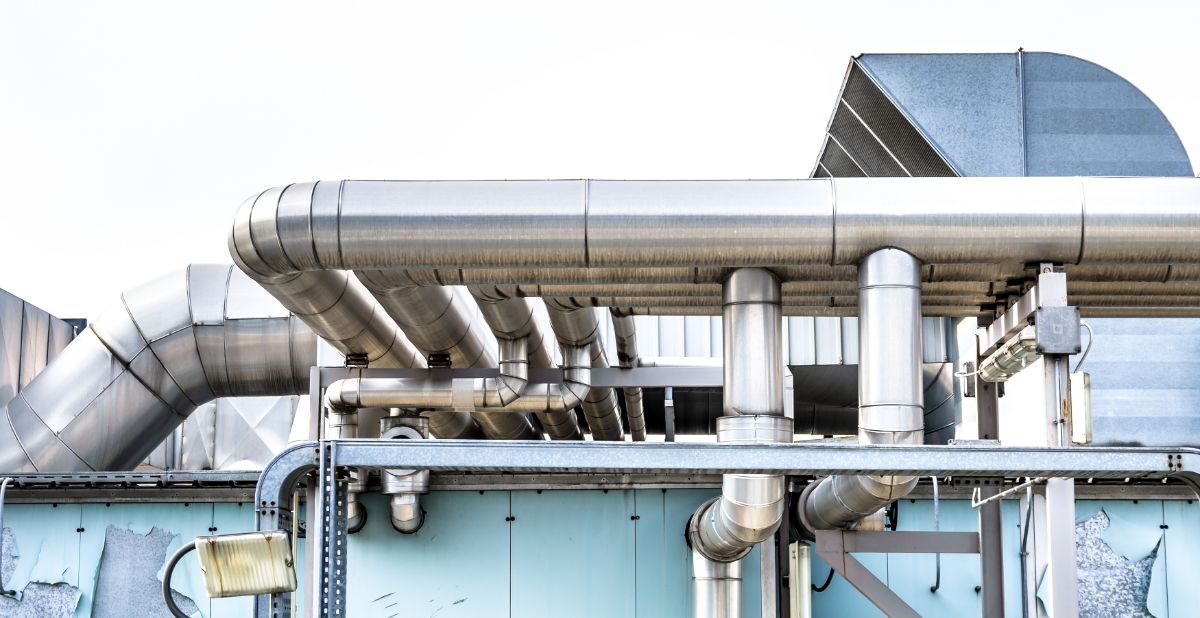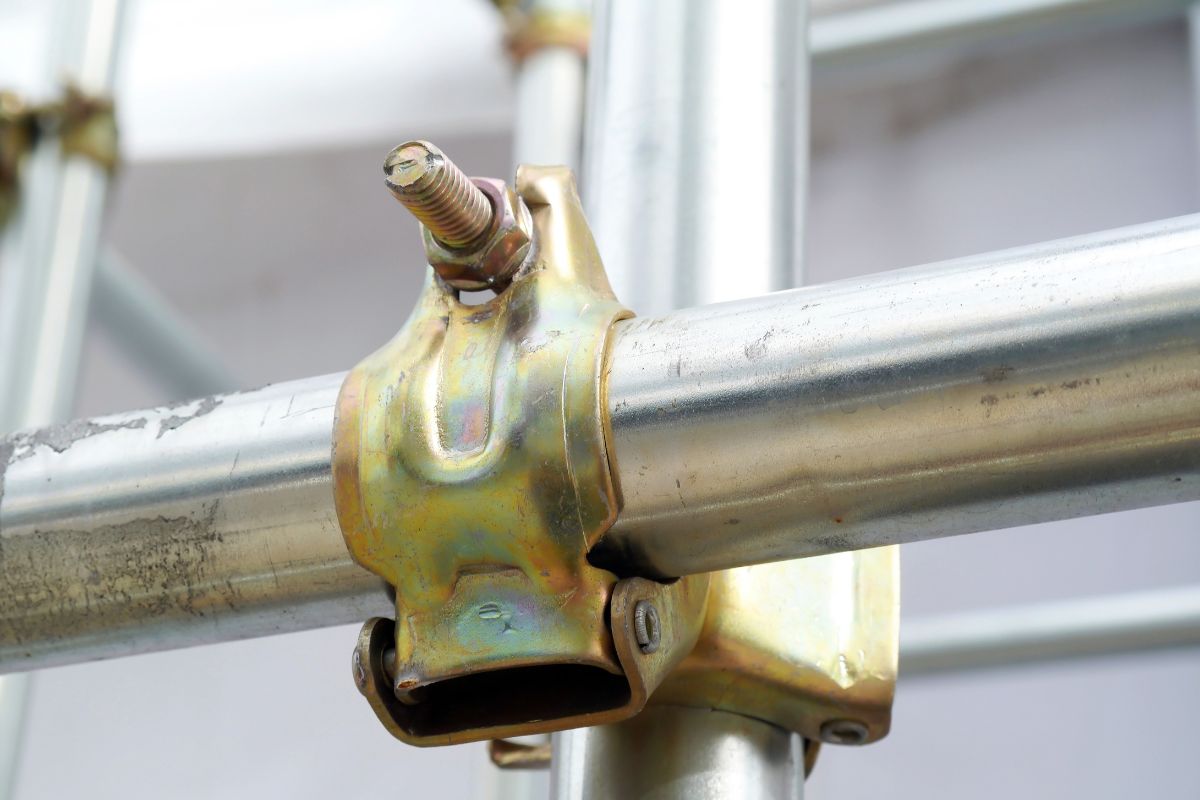
How To Repair A Pipeline Leak
How do you repair a pipeline leak?
- Adhesive Sealing Tape
- Epoxy Resin
- Moisture-Cured Urethane (MCU)
- External Pipe Clamps
- External Weld Repairs
Leaky pipes are commonly occurring in any piping system there is. There will be unexpected damages that may come from external factors such as corrosion brought about by the pipe’s age. Either way, it’s important to quickly repair the pipe before the leaks affect its function badly. The best course of action is to contact professionals to do this, but it’s beneficial to know how to repair a pipeline leak. Maybe if the leak is minor enough, you can do the repairs yourself. This is especially true for residential pipes.
Many household pipes commonly experience minor leaks that can easily be repaired by homeowners. Knowing how to do this would save them some money from hiring a professional for it. To help you get started, here are some ways to fix a pipeline leak. Continue reading on.
Adhesive Sealing Tape
Fixing a leak with adhesive sealing tape is the first thing most homeowners try to do. This is because adhesive sealing tapes are easy to acquire and easy to use. Simply apply them to the joints where the leaks are.
Adhesive sealing tapes are reliable because they are soft and can easily adapt to the shape of the pipe joints. You also don’t have to wait for it to set before turning on the water. The downside is that adhesive sealing tapes only work for minor leaks. It is not strong enough to stop bigger ones.
If you’re dealing with a small leak with smaller pipes, applying an adhesive sealing tape should be sufficient to stop the leak.
Epoxy Resin
Epoxy resin is a rubbery substance that hardens once it sets. Like the adhesive sealing tape, you can find these products at your local hardware store. It’s a better alternative than sealing tapes because it’s stronger. However, it takes a while for it to set. This method can stop stronger leaks than sealing tapes.
To use epoxy resin, locate the leak in the pipe first and turn off the main water supply. Spread the epoxy resin generously on the leak and wait for 3 to 4 hours to let it dry. Once it’s completely dry, you can open the main water supply.
Moisture-Cured Urethane (MCU)

For industrial pipeline leaks, stronger repair methods need to be used. Pipeline leaks can be temporarily repaired by a moisture-cured urethane (MCU) fiberglass wrap. Many workers prefer this method because it’s easy and quick to install. It is also a cost-effective option as compared to other industrial pipe repair methods.
However, the MCU wrap can only stop leaks below 50 psi. In addition, it can only provide less than six months of service life. Although it’s stronger than the residential options, it has low adhesion value for the industrial setting. It works best only when the leak occurs somewhere the surface is smooth. If the surface is uneven, like near weld seams, T’s, or flanges, it’s nearly impossible to use an MCU wrap to repair the leak.
External Pipe Clamps

If you’re dealing with pipes of a smaller diameter, you can use external pipe clamps as a long-term solution. These clamps are readily available and relatively easy to apply except for pipes with larger diameters.
A downside of this method is that there’s a high likelihood that leaks occur at the same spot in the future. The clamps could lose tension over time and the gasket could deteriorate with temperature fluctuations. Moreover, the clamps will be susceptible to external corrosion, weakening them over time. And like the MCU wrap, they can only be effectively applied on straight and smooth pipes.
External Weld Repairs
Workers can opt for a weld repair for large industrial pipes that have developed leaks. Because companies often have certified welders on their teams, this method becomes easy and cost-effective. You need to bend a metal plate to the radius of the pipe and the welder can weld the plate on the pipe to serve as a patch.
If you want to use this method, keep in mind that the heat of the welding process will damage the internal coating of the pipe. Repair the coating after welding the patch to avoid leaving your pipe vulnerable to corrosion. Failing to do this will accelerate the corrosion of the pipe near the welded portion, ensuring more leaks in the future.
Key Takeaway
Knowing how to repair a pipeline leak could be useful to anyone, whether you’re working in the industry or a homeowner. While professionals are there to help, try to assess the situation first and see if you can apply repairs yourself.
If leaks happen frequently, then perhaps it’s time to replace your pipes. Thankfully, you’re already in the right place! We at Supreme Pipe supply top-of-the-line steel pipes to our customers. Take a look at the products we offer here or contact us to get a quote or for any inquiries!


